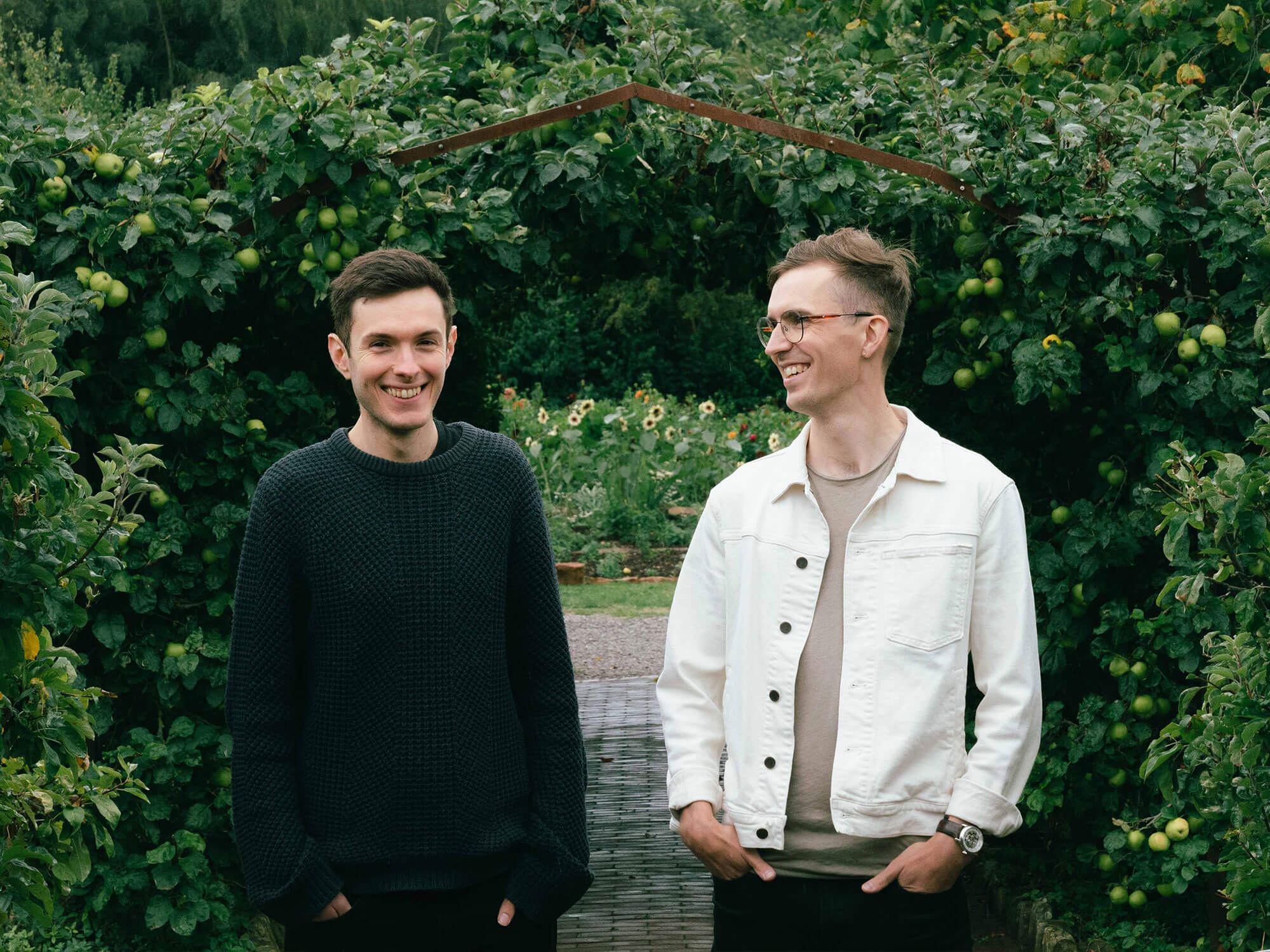
How KOAN Sound built a galaxy for their new album, Led By Ancient Light: “It felt like being a beginner again”
From exploring esoteric cello recording techniques to writing a novella, the Bristol-born duo ventured into the unknown for their second studio album.
Credit: Sarah Koury
Two men – long-lost comrades in trials of exploration through the unknown reaches of space – reunite for one final mission: searching for a daughter long thought dead. Together, they traverse a galaxy ravaged by machines and, along the way, they’re reminded of what it means to be human.
No, this is not the synopsis of the latest sci-fi epic hitting cinemas. It’s the core narrative of Led By Ancient Light, the second album from the alternative electronic outfit, KOAN Sound.
READ MORE: Mac DeMarco: “I like to respect the way that recordings come to be”
With this new LP, the Bristol-born duo went beyond creating a collection of music. Each of the 13 tracks is paired with a chapter in a novella and a visual scene created by the digital artist Eelco.
The project is comparable to a film soundtrack. Though there are no moving images, the music, words, and imagery all align into one cohesive body of work.
The bedrock for this unity is based on the fact that the themes of the story applied to the real lives of members Will Weeks and Jim Bastow: reconnecting with their humanity in a society that’s become, in many ways, enslaved to technology.
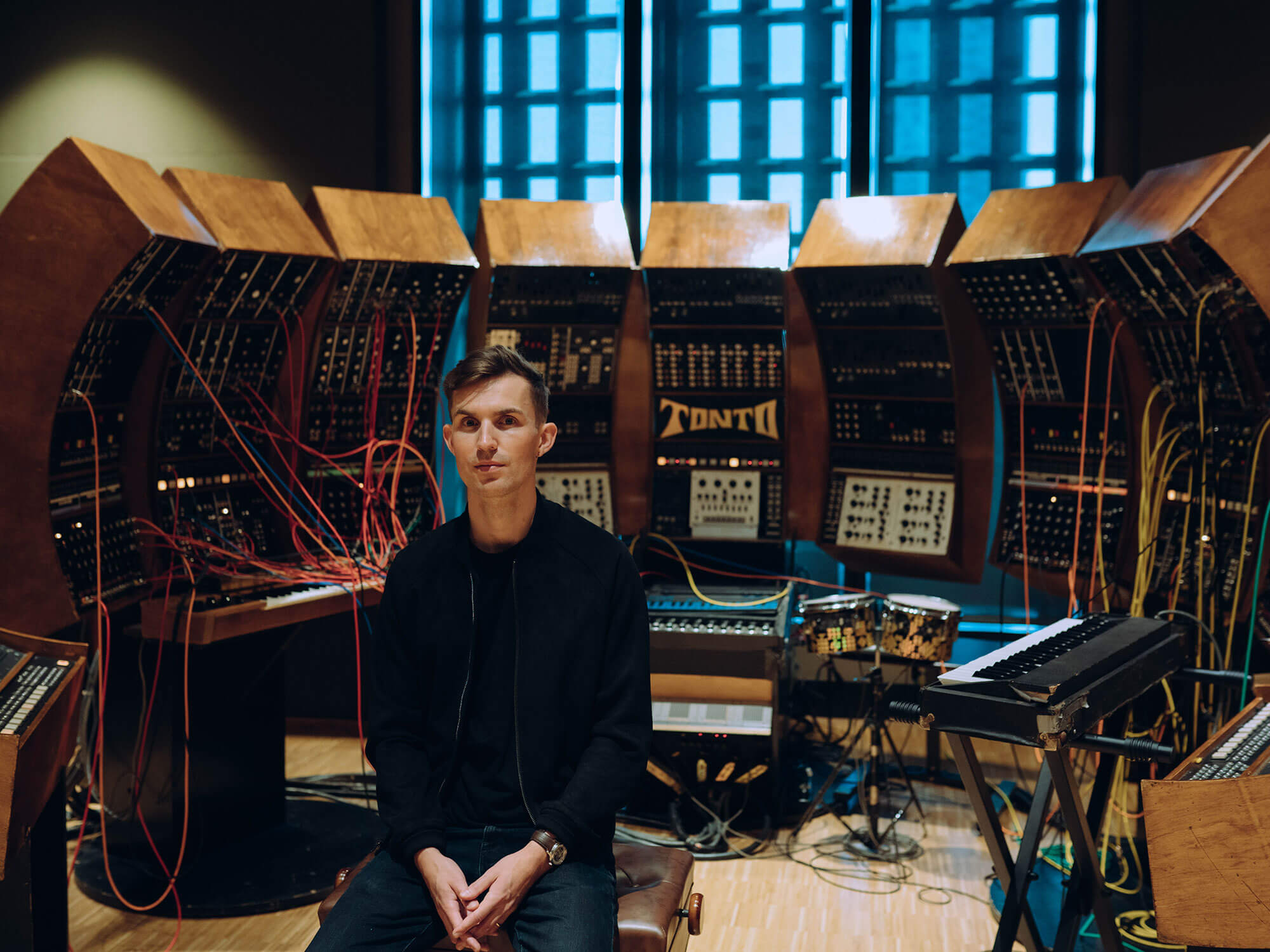
“The idea to explore that aspect of life came from a progression of spending a lot of time, as every producer does, in a repetitive cycle of being locked to your computer screen and grinding away by yourself. Having time to step away physically and mentally is really important,” says Weeks, speaking to MusicTech over Zoom from the UK. “That journey to a better, more wholesome existence is what we wanted to explore with this album thematically and musically.”
Bastow found his version of that journey in a more literal sense, relocating from the UK to Canada a few years ago. Now, much of his time is spent outdoors: hiking, skiing, and backpacking the country’s dramatic natural landscapes.
“It brings a sense of peace. I find those experiences very enriching,” says Bastow who is dialing to the same Zoom call from abroad. “I certainly struggled during the pandemic; I felt very isolated and lost a sense of overall direction in my life and also our careers. Moving to Canada, I found this sense of possibility and openness that wasn’t there before. Partly in the culture, partly in myself, and partly in the environment where there’s this vast, expansive open space.”
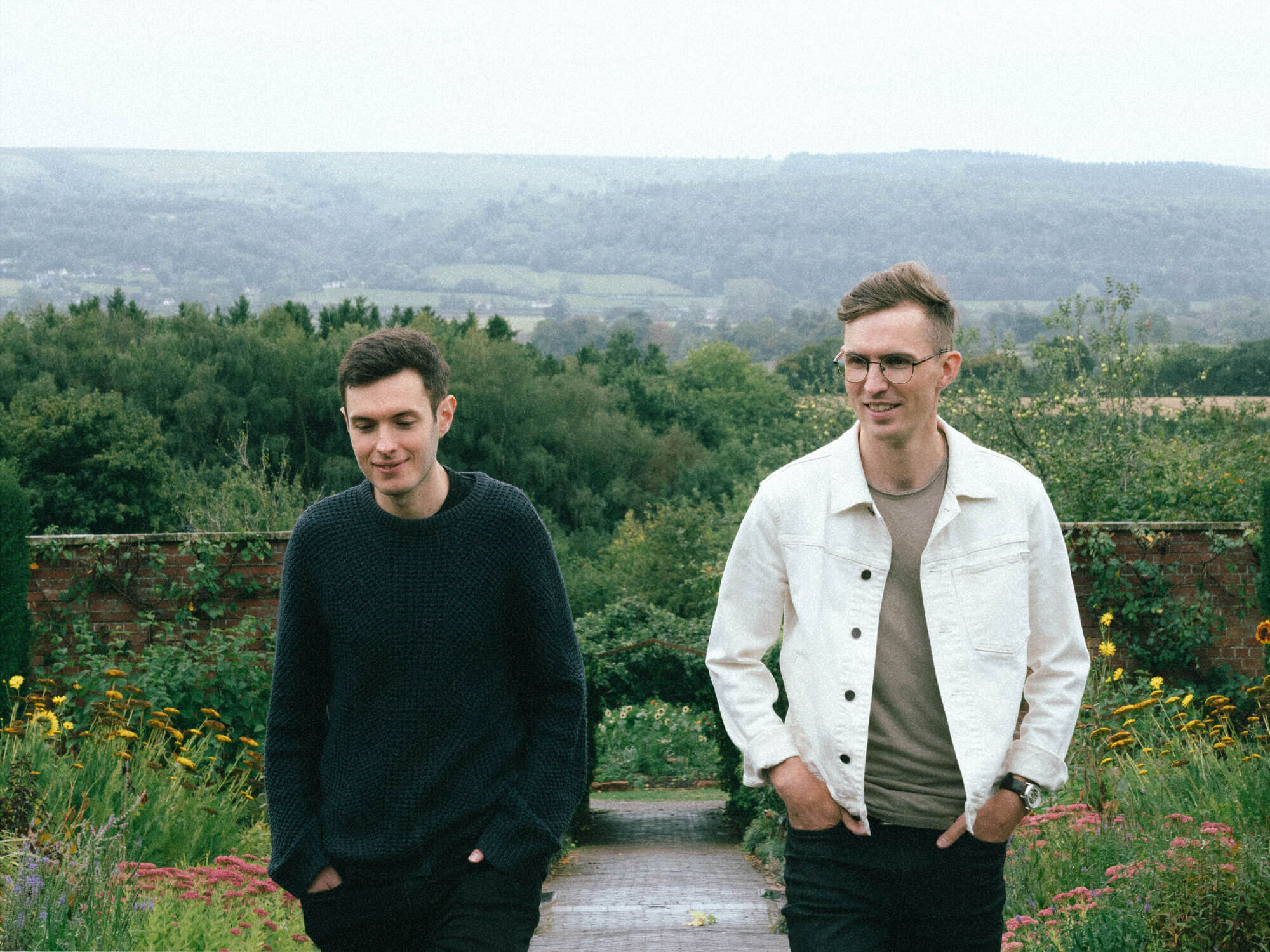
With their alignment on this theme, Weeks and Bastow began creating Led By Ancient Light. Considering the prevalence of exploration in their own lives, the process was starkly compared to their previous bodies of work.
Rather than simply making music together “for the sake of it,” as Weeks describes, they decided to, for the first time, make music to a story.
“It felt like this exploration of possibility was a really cool exercise to see, if we follow what we’re interested in and follow these small ideas, how they can really gain momentum and become this much bigger thing,” says Bastow.
Like the two characters in the novella, Weeks and Bastow set out on their own adventure to align narrative and music. This adventure would take them to places they had never visited before.
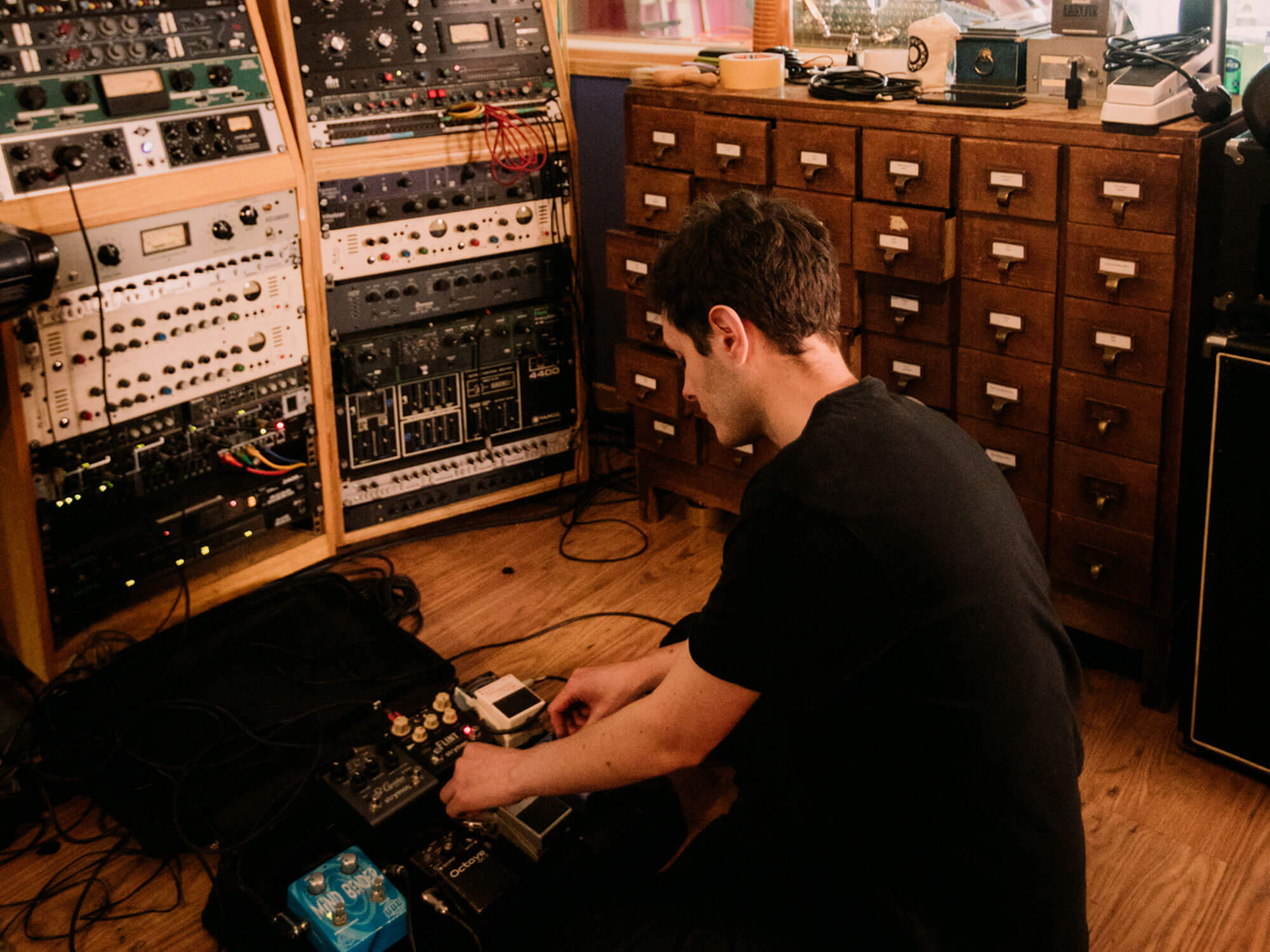
In the album’s early stages, there were two coinciding frameworks they developed: A general outline of the story; who the characters were; what they would do; and their environment. Secondly, a list of genres they intended to include on the record: drum & bass, garage, techno, and so on.
“The central challenge of the whole album was making each track work as a standalone electronic music piece, but also as a film soundtrack,” says Weeks.
As seasoned producers, the music side came naturally, but the writing side was alien to both of them. The story (which is available free online for you to read along with the album) clocks in at just under 9,000 words. And it took them 18 months to write.
However, as KOAN Sound engaged in this different form of creation, they discovered something familiar about it:
“I was personally surprised by how similar it felt to writing music,” Bastow says of crafting the narrative. “There were a lot more actual conversations between us, but certain things just felt right when we arrived at them. We would go away, think about it for a bit, reflect and then come back, and then add to it and iterate on it, and so in that respect, it’s very similar to how we write music.”
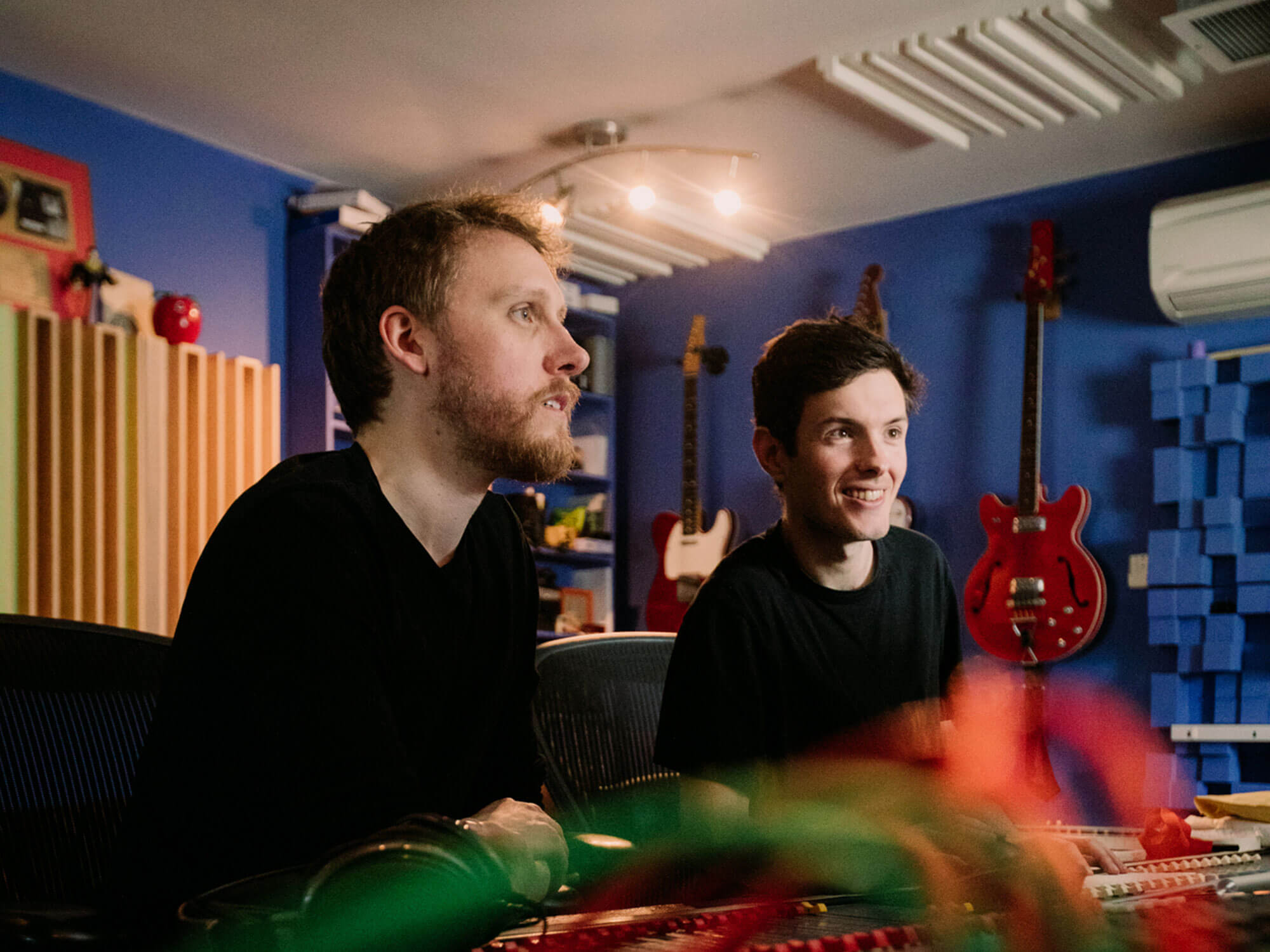
As the two processes combined into one, the writing and the music began to feed one another, allowing Weeks and Bastow to hone in on the emotional tones of both sides, forming a sonic mirror for what’s happening in the story.
For example, on Voices of Dissent, a ship carrying the two protagonists, Jak and Ryker, is attacked as soon after they’re off-planet. The track begins with an ominous build-up constructed from dissonant sound design before launching into a tense broken-beat topped with a sharp, searing squeal.
Then later on Liquid Levity, when they head to a bar midway through their celestial journey, the music adopts a wonky lo-fi hip-hop feel, stretching the kicks and snares further and further from the central beat as they become more and more inebriated.
Across the album, the sonic quality lives on a deeper level than what’s happening on the surface. It permeates the minds of the characters.
“[We had] lots of conversations about why the people in this universe would act the way they do or why they would think the way they think,” says Weeks.
“A big part of the story is the characters’ emotional worlds and how those develop over time,” says Bastow. To tap into that development, KOAN Sound knew they would need a sonic palette that stretched beyond software.
And so in keeping with the theme of integrating more humanity into this tech-heavy world, they built the sound of the album in another way that was new to them. They used two instruments renowned for their ability to capture human emotions: the cello and piano.
“We chose those instruments partly because they’re so versatile. We associate them on one hand with emotiveness and vulnerability. On the other hand, they could be transformed into these much more aggressive and foreboding elements. That was really fun for us to explore all the different types of energies that we could create through processing them in different ways,” says Bastow.
The unfiltered sounds of piano and cello are present in every track on the album, punctuating the more raw and intense emotions of the story. For example, when Ryker meets the Ardor (an ancient race of beings that share an intimate connection with the sun), he’s reminded of what life was like before he submitted his humanity to computer-generated memories.
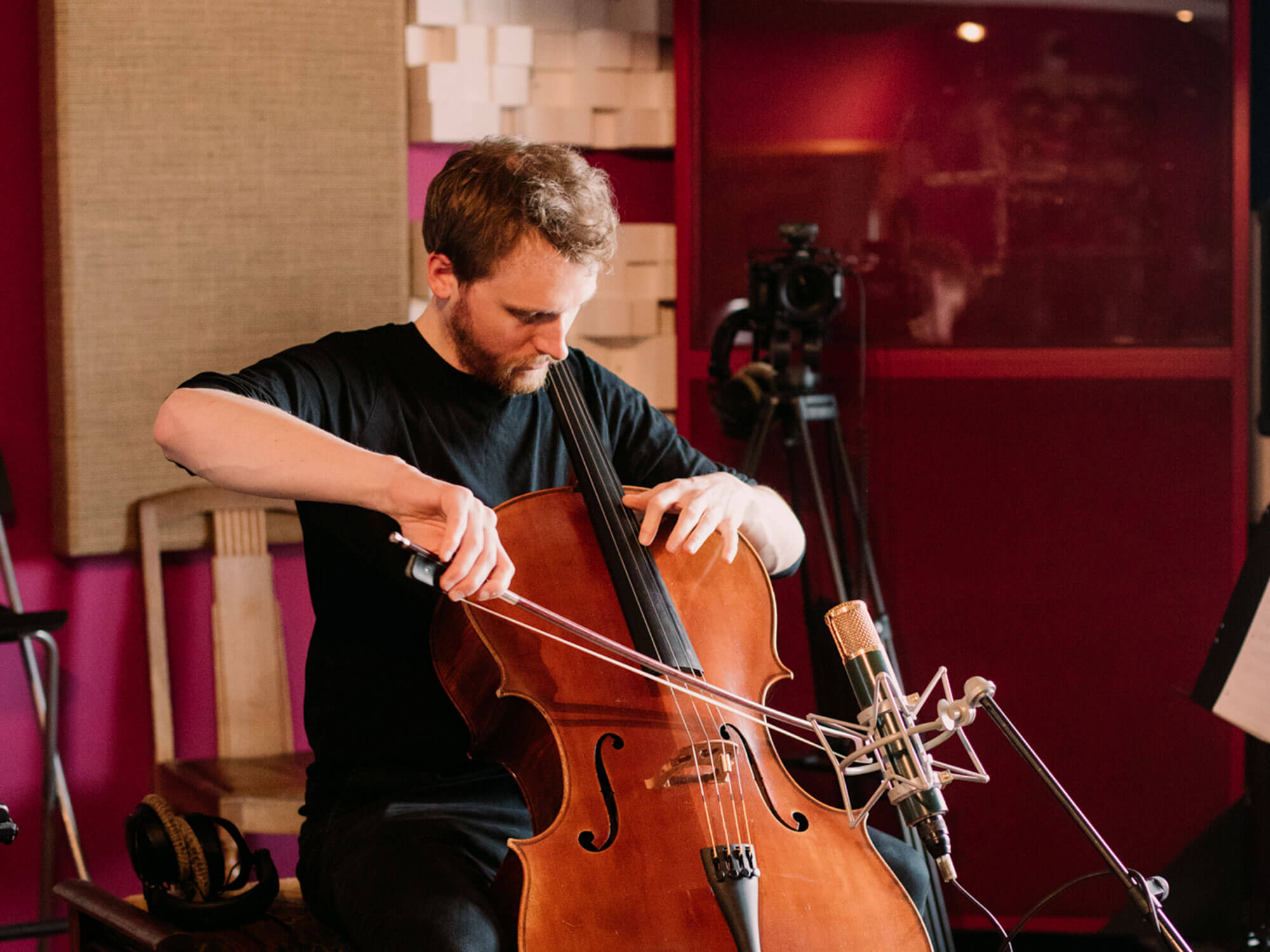
Many of the more futuristic sounds – the ones that hinge on the science-fiction elements – were created from piano and cello. Voices of Dissent was created using nothing but cello recordings. But there’s a twist to these recordings.
“Being literally close to the instruments that we were recording you get these incredibly detailed and up close takes,” says Weeks. “It makes you want to let them breathe and let them exist by themselves.”
Weeks discovered that the cello produces waveforms akin to a sawtooth wave when it plays low notes. So, he would tune the cello down as low as possible and process those ‘saw waves’ as he would if it came from a software synth in a DAW. He also used various mallets and beaters to tap the wooden body of the cello, recording those sounds and processing them into completely new forms.
For the piano, Bastow borrowed a recording technique from Nils Frahm: covering the strings of the piano with felt and placing the microphones extremely close to grab the mechanical sounds of the hammers and other internal components of the piano, which they then processed into oblivion.
All in all, the recording process – from the genesis of the project in creating music to a narrative – was built around the idea of exploration.
“One of the most exciting things about this project is that it felt like being a beginner producer again. We tried so many new things; literally everything about the process was new,” says Weeks. “It’s very freeing to reset to everything being new. Suddenly everything is possible.”
Beyond the recording techniques, Weeks, for the first time, built a modular rig to process the recordings, which brought more tactility and unpredictability.
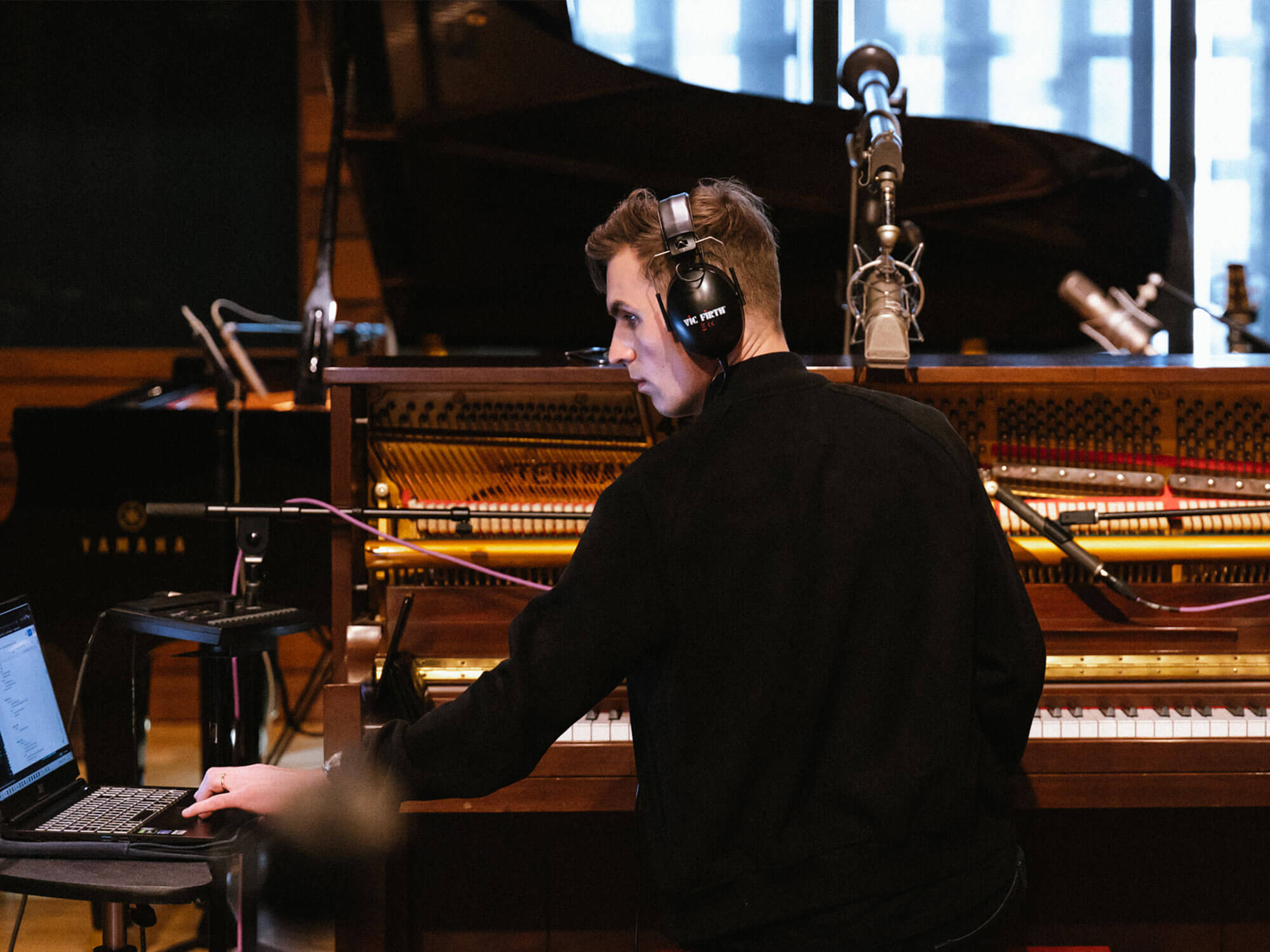
Bastow, who had been playing piano since he was young, redefined his relationship with the instrument through the making of this album.
“Only in the last few years have I really developed more of my own voice through the instrument as I stopped worrying about playing classical repertoire and just actually playing for myself,” Bastow says. “That process was one of the driving factors for me behind this album. It opened up an emotional landscape that wasn’t there before.”
Throughout Jak and Ryker’s interstellar journey, they too discover new emotional landscapes, and their lives change forever as a result.
Whether or not they find the daughter…well you’ll have to read and listen to find out.
Listen to Led By Ancient Light and learn more about the duo at koansound.com